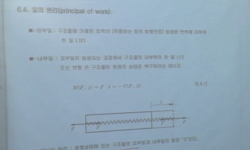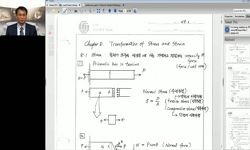In this study, the vulnerability of two existing asymmetric steel building frames to Progressive Collapse (PC) is assessed. The buildings have different frame systems, steel sections and number of stories (nine and six). An alternate path method (APM)...
http://chineseinput.net/에서 pinyin(병음)방식으로 중국어를 변환할 수 있습니다.
변환된 중국어를 복사하여 사용하시면 됩니다.
- 中文 을 입력하시려면 zhongwen을 입력하시고 space를누르시면됩니다.
- 北京 을 입력하시려면 beijing을 입력하시고 space를 누르시면 됩니다.
https://www.riss.kr/link?id=A105888333
- 저자
- 발행기관
- 학술지명
- 권호사항
-
발행연도
2013
-
작성언어
English
- 주제어
-
등재정보
SCIE,SCOPUS
-
자료형태
학술저널
-
수록면
207-220(14쪽)
- 제공처
-
0
상세조회 -
0
다운로드
부가정보
다국어 초록 (Multilingual Abstract)
In this study, the vulnerability of two existing asymmetric steel building frames to Progressive Collapse (PC) is assessed. The buildings have different frame systems, steel sections and number of stories (nine and six). An alternate path method (APM) with a linear static analysis (LS) is carried out according to General Services Administration (GSA) 2003 guidelines. The Demand Capacity Ratio (DCR) of each primary element (beams and columns) is given with its specific details for all frames. The results show that the nine-story building with a dual frame system (moment frame with bracing system) has a lower susceptibility and greater resistance to PC than the six-story building with a simple building frame system (gravity system with bracing system). Implementing built-up box-shaped sections for columns is a better choice than using built-up I-shaped sections because there is no weak axis for the box section.
동일학술지(권/호) 다른 논문
-
Rapid seismic performance assessment method for one story hinged precast buildings
- 국제구조공학회
- Mehmet Palanci
- 2013
- SCIE,SCOPUS
-
Effective number of mega-bracing, in order to minimize shear lag
- 국제구조공학회
- Rouzbeh Zahiri-Hashemi
- 2013
- SCIE,SCOPUS
-
Progressive collapse analysis of two existing steel buildings using a linear static procedure
- 국제구조공학회
- Reza JalaliLarijani
- 2013
- SCIE,SCOPUS
-
The receding contact problem of two elastic layers supported by two elastic quarter planes
- 국제구조공학회
- Murat Yaylacı
- 2013
- SCIE,SCOPUS






 ScienceON
ScienceON






